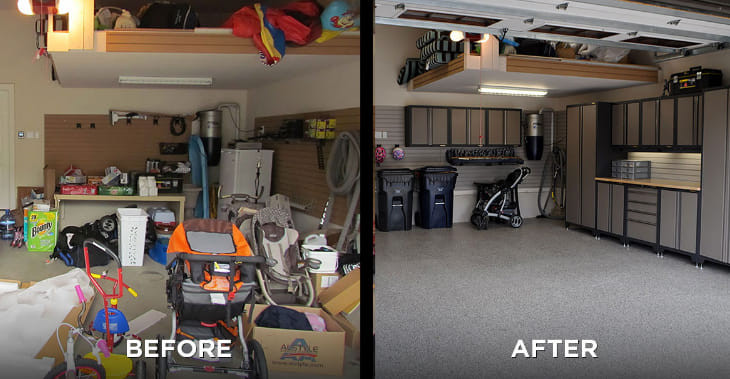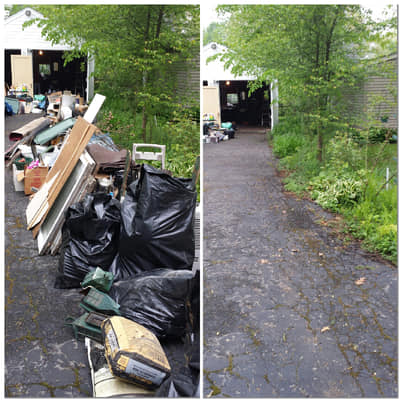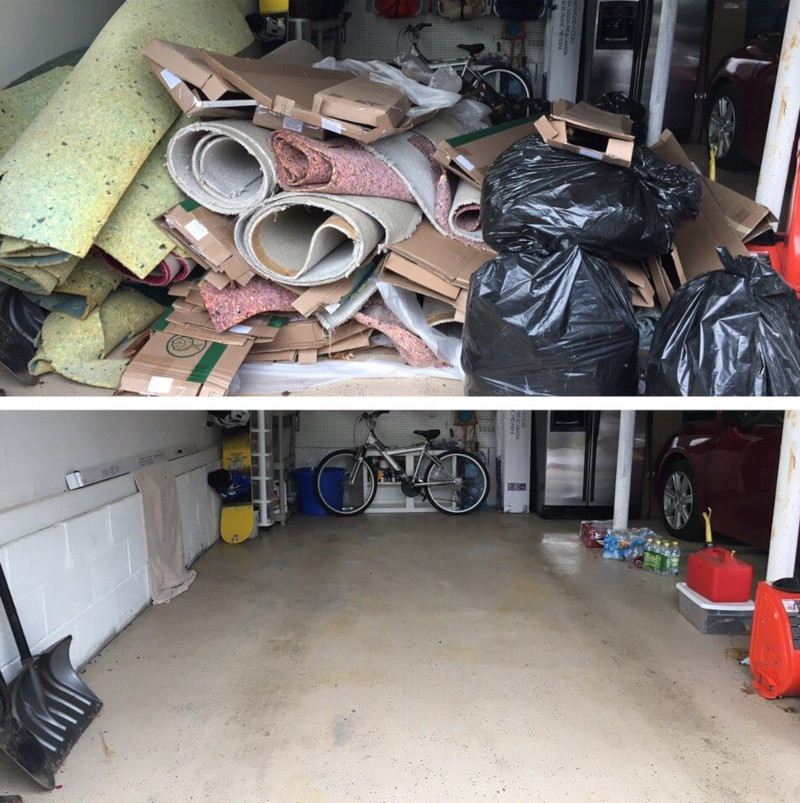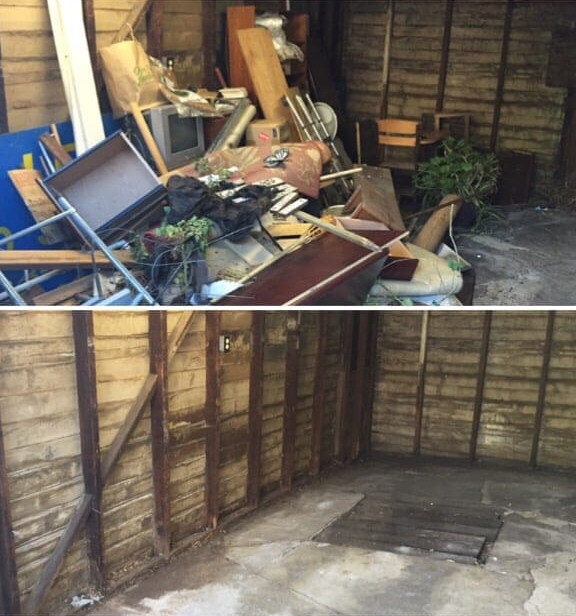Sponsored results
EZ Haulers
Get fast, safe, and affordable oil tank removal services with EZ Haulers. For over 20 years, we've been providing demolition and junk hauling services throughout Tacoma,... more
Track Works
With over 5 years of experience in the land clearing and demolition industry, Track Works knows how to quickly, efficiently, and affordably remove and haul away... more
All "Oil Tank Removal" results near me in Clark County, WA - December 2025
EZ Haulers
Get fast, safe, and affordable oil tank removal services with EZ Haulers. For over 20 years, we've been providing demolition and junk hauling services throughout Tacoma,... more
Global 1 Construction LLC
Global 1 Construction LLC knows how to handle even the most precarious jobs, including oil tank removal. We offer end-to-end demolition services. Reach out today to... more
Cipriano Construction Co.
Get in touch with the experts at Cipriano Construction Co. for all your oil tank removal needs in Demascus, OR or the neighboring communities. Our... more
Track Works
With over 5 years of experience in the land clearing and demolition industry, Track Works knows how to quickly, efficiently, and affordably remove and haul away... more
Mayer Construction Inc
Mayer Construction Inc is a seasoned demolition company based out of Lake Oswego, OR. We have a full-size excavator that allows us to remove oil... more
Dougherty Concrete Construction
Founded in 1982, Dougherty Concrete Construction has more than 35 years of experience. Because of this and our unwavering commitment to our customers, we are among... more
Braun Construction & Design
Since 2005, Braun Construction and Design has been providing excavating and demolition services to Wilsonville, OR and surrounding areas. With our extensive fleet of equipment, wide... more
Coffman Excavation
Since 1979, Coffman Excavation has been Oregon City, Oregon and surrounding areas’ premier contractor for excavation, demolition, and site preparation. We specialize in fast service of... more
Moore Excavation Inc
Moore Excavation is a full service construction group that serves general contractors, municipalities, and private developers throughout the Pacific Northwest. We are licensed in several... more
Nearby Places for Tank Removal
Tank Removal Tips for Clark County, WA
Are all oil tanks at risk of leaking?
Over time, nearly all tanks have the ability to leak in some way, shape, or form. Some of the most common reasons tanks leak include:
- Lack of routine inspection and maintenance
- Leaky fittings
- Decay or frost shift
- Overfilling of tanks
- Irresponsible oil delivery
- Lines are accidentally severed



